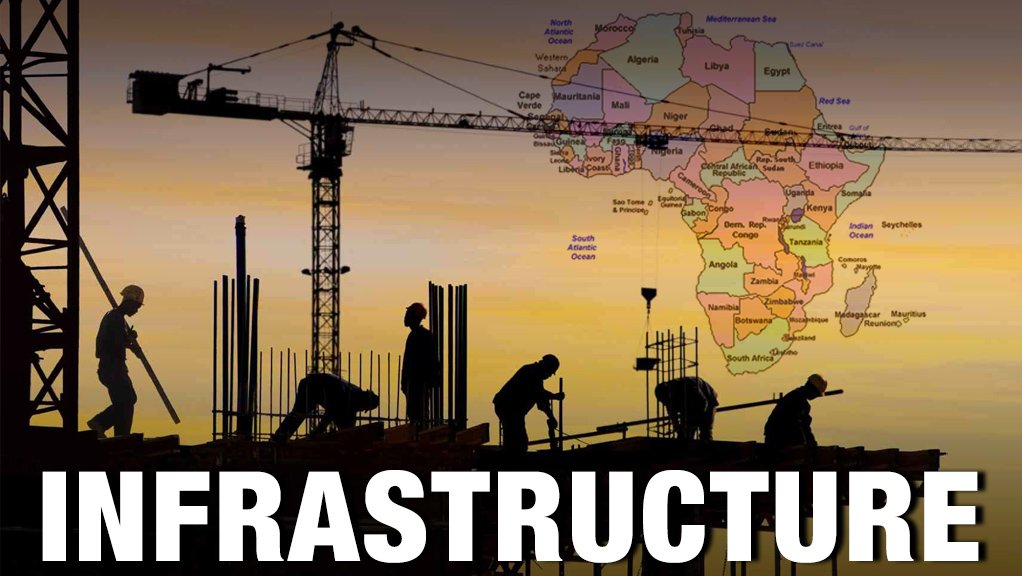Sub-Saharan Africa is lagging behind other developing economies with regard to infrastructure development, which is constraining growth, Genesis Analytics economist Mitali Nikore said on Tuesday.
Speaking at the second South African Economic Regulators Conference, in Johannesburg, she pointed out that, according to the World Bank, Africa's total infrastructure funding requirement was about $93-billion a year; however, only $45-billion a year was currently coming from traditional sources – such as governments, the private sector and external sources – leaving the continent with a significant funding gap, which she said could potentially be bridged through public–private partnerships (PPPs).
Nikore stated that assets invested in PPPs in Africa had increased significantly from projects worth about $40-million in 1990 to $13-billion in 2012.
She added that there were various advantages for governments in getting involved in PPPs. These included access to debt-free financing, the ability to harness private-sector efficiencies and the transfer of some risk by a government to a private sector entity.
Economic regulators also had a role to play in leveraging private sector financing to bridge the infrastructure financing gap, Nikore said.
Regulators had to set the scene in such a manner that the legal and regulatory environment was clear and predictable for private sector investment, she noted.
“[Regulators] should provide comprehensive policy frameworks and regulation predictability, reduce uncertainty in the sector and also ensure that government does its part and government guarantees are provided to private sector investors to mitigate political risks,” Nikore said.
Further, regulators also had an oversight role to play in PPP investment.
Nikore said once the PPP was in place and functional, the regulator had to set out the scope of work for the private sector entity, establish the terms and conditions of the service that the entity would provide, set the rules for the sector and also monitor the performance and efficiency of the private sector entity.
“But most importantly, the regulator [should] regulate the tariffs set,” she explained, highlighting that the regulator had to balance the "cost-recovery motivation" of the private sector as well as the "affordability motivation" of the users.
EMAIL THIS ARTICLE SAVE THIS ARTICLE
To subscribe email subscriptions@creamermedia.co.za or click here
To advertise email advertising@creamermedia.co.za or click here











